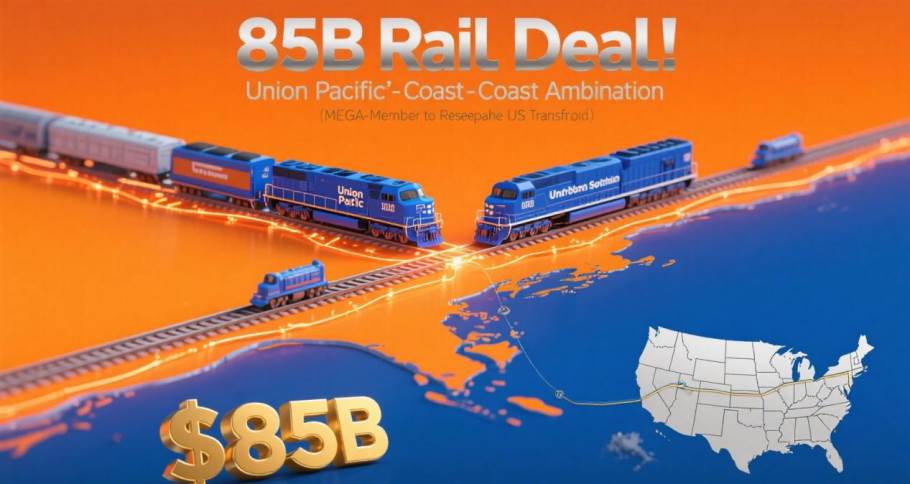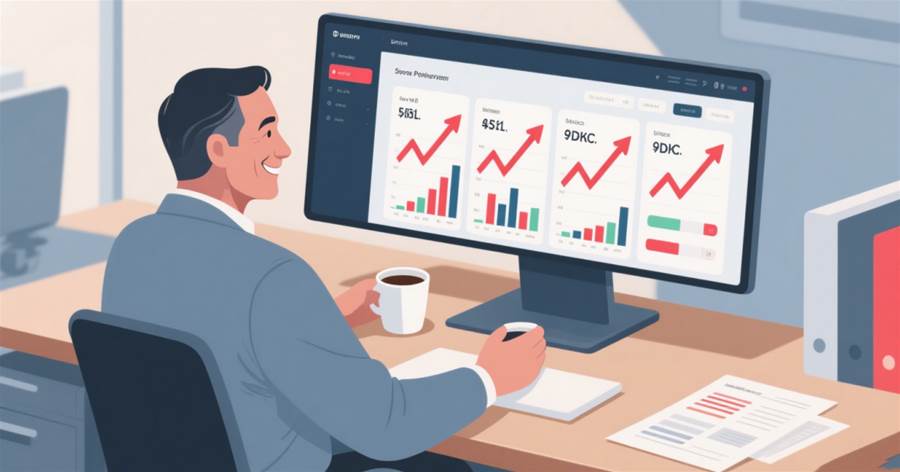Union Pacific to Acquire Norfolk Southern in an $85 Billion Mega-Deal, Set to Reshape US Rail Landscape
In the ever - changing global logistics and transportation industry, a Heavy news has recently shaken the U.S. railroad sector. Union Pacific has announced its plan to acquire Norfolk Southern for a staggering $85 billion. If this deal is successfully completed, it will not only create the first transcontinental railroad in the United States but also trigger a new round of mergers and acquisitions in the U.S. railroad industry, completely rewriting the existing landscape of U.
S. railroad transportation.
According to the agreed - upon framework between the two parties, Union Pacific will use a combination of cash and stock for the payment. Specifically, for each share of Norfolk Southern held, shareholders will receive one share of Union Pacific stock and $88.82 in cash. Based on this plan, Norfolk Southern is valued at $320 per share, with an overall enterprise valuation of approximately $85 billion. Affected by this news, during the pre - market trading session after the deal was announced, Union Pacific's stock price once rose, showing a certain degree of market optimism about the deal; while Norfolk Southern's stock price fluctuated slightly.
In terms of business coverage, Union Pacific has built a vast and intensive railroad network in the western United States and has long dominated freight transportation in the western region. Norfolk Southern, on the other hand, has deeply rooted itself in the eastern U.S. market, with its railroad lines extensively covering 22 eastern states and the District of Columbia. Once the two companies successfully merge, the two railroad networks will be seamlessly connected, stretching from the East Coast to the West Coast of the United States.
The total length of the lines will exceed 50,000 miles, covering 43 states and connecting about 100 ports, truly creating a trans - North American railroad transportation giant. At that time, freight transportation will no longer require frequent transfers between the lines of different railroad companies, greatly reducing the time loss and cargo backlog risks during transportation, and significantly simplifying the transportation process of raw materials and finished products across the country.
The article is not finished. Click on the next page to continue.
The article is not finished. Click on the next page to continue.




















